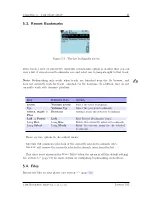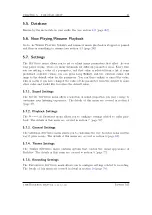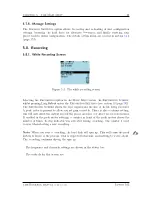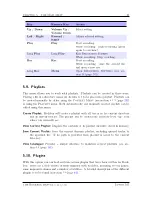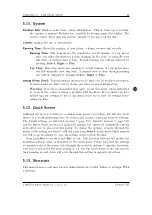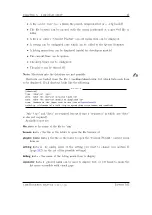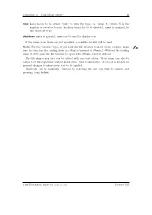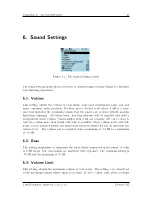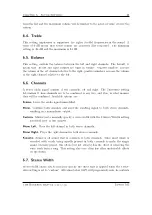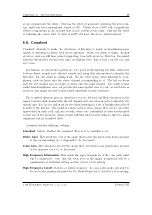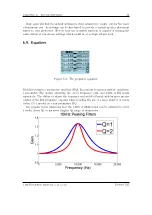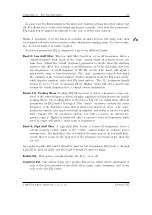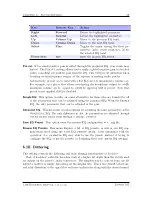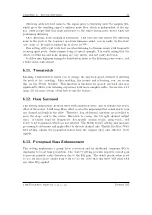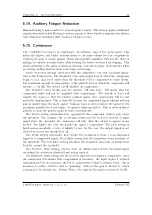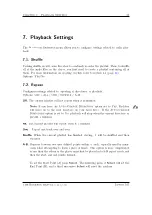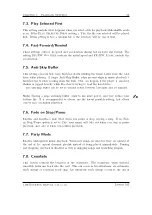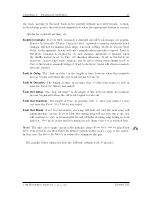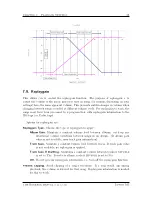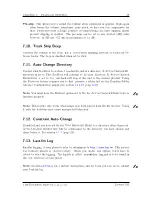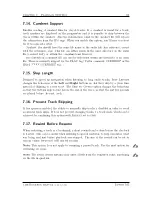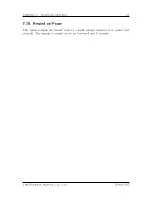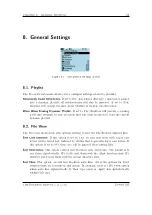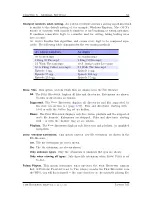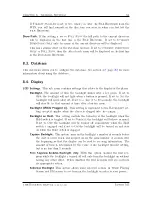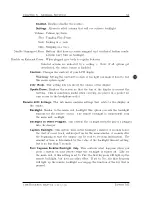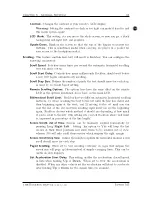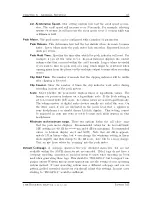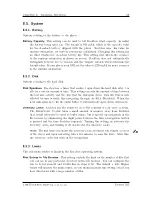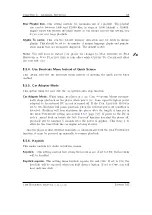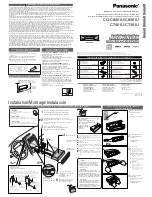
Chapter 6. Sound Settings
54
6.14. Auditory Fatigue Reduction
Human hearing is more senstive to some frequency bands. This setting applies additional
equalization and bi-shelf filtering to reduce signals in these bands to minimize the chance
that temporary threshold shift (auditory fatigue) occurs.
6.15. Compressor
The
Compressor
reduces, or compresses, the dynamic range of the audio signal. This
makes the quieter and louder sections closer to the same volume level by progressively
reducing the gain of louder signals. When subsequently amplified, this has the effect of
making the quieter sections louder while keeping the louder sections from clipping. This
allows listening to the quiet sections of dynamic material in noisy environments while
preventing sudden loud sections from being overbearing.
There are several settings associated with the compressor. The first, and most impor-
tant, is the
Threshold
. The threshold is the audio input level at which the compressor
begins to act. Any level louder than the threshold will be compressed to some extent.
The maximum amount of compression, or the quietest level at which the compressor will
operate, is -24 dB. The default of Off disables the compressor.
The
Makeup Gain
setting has two options: Off and Auto.
Off means that the
compressed audio will not be amplified after compression. The default of Auto will
amplify the signal so that the loudest possible signal after compression will be just
under the clipping limit. This is desirable because the compressed signal without makeup
gain is quieter than the input signal. Makeup Gain in Auto restores the signal to the
maximum possible level and brings the quieter audio up with it. This is what makes it
possible to hear the quieter audio in noisy environments.
The
Ratio
setting determines how aggressively the compressor reduces gain above
the threshold. For example, the 2:1 setting means that for each two decibels of input
signal above the threshold, the compressor will only allow the output to appear as one
decibel. The higher the ratio, the harder the signal is compressed. The ratio setting of
Limit means essentially a ratio of infinity to one. In this case, the output signal is not
allowed to exceed the threshold at all.
The
Knee
setting determines how abrupt the transition is from a non-compressed
signal to a compressed signal. Hard Knee means that the transition occurs precisely at
the threshold. The Soft Knee setting smoothes the transition from plus or minus three
decibels around the threshold.
The
Attack Time
setting sets the delay in milliseconds between the input signal
exceeding the activation threshold and acting upon it.
The
Release Time
setting sets the recovery time after the signal is compressed. Once
the compressor determines that compression is necessary, the input signal is reduced
appropriately, but the gain isn’t allowed to immediately return to normal levels. This is
necessary to reduce artifacts such as “pumping.” Instead, the gain is allowed to return
to normal at the chosen rate. Release Time is the time for the gain to recover by 10 dB.
The Rockbox manual
(version 3.14)
Iaudio M5

